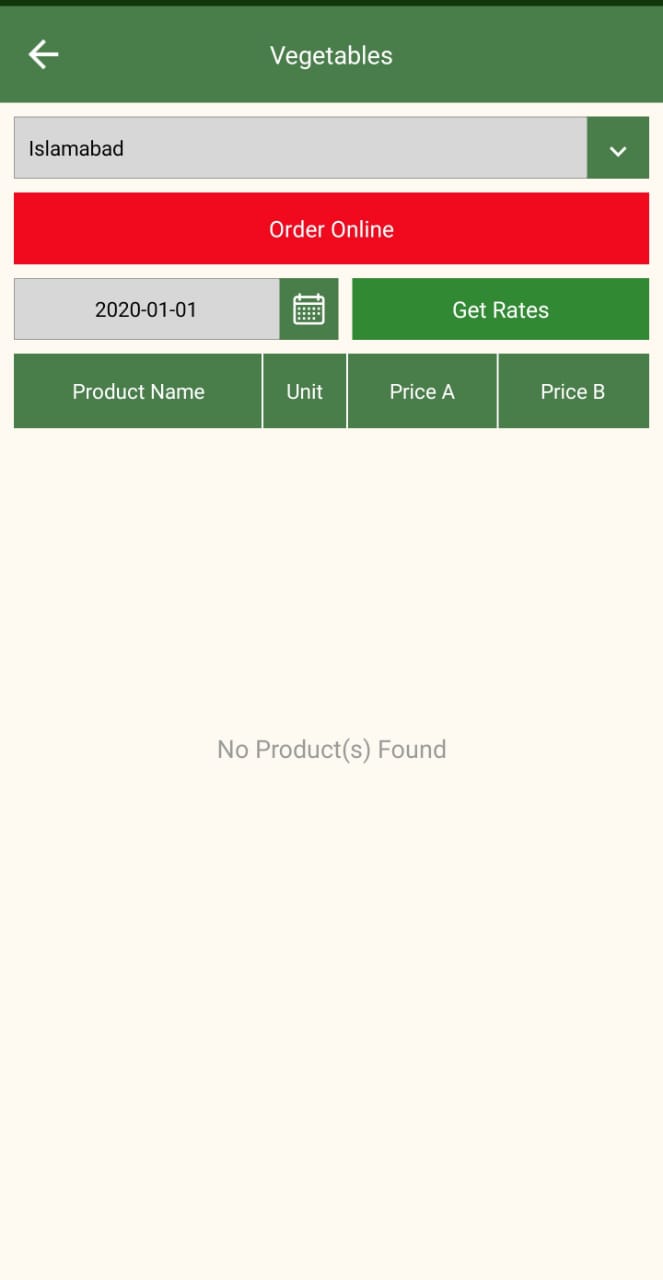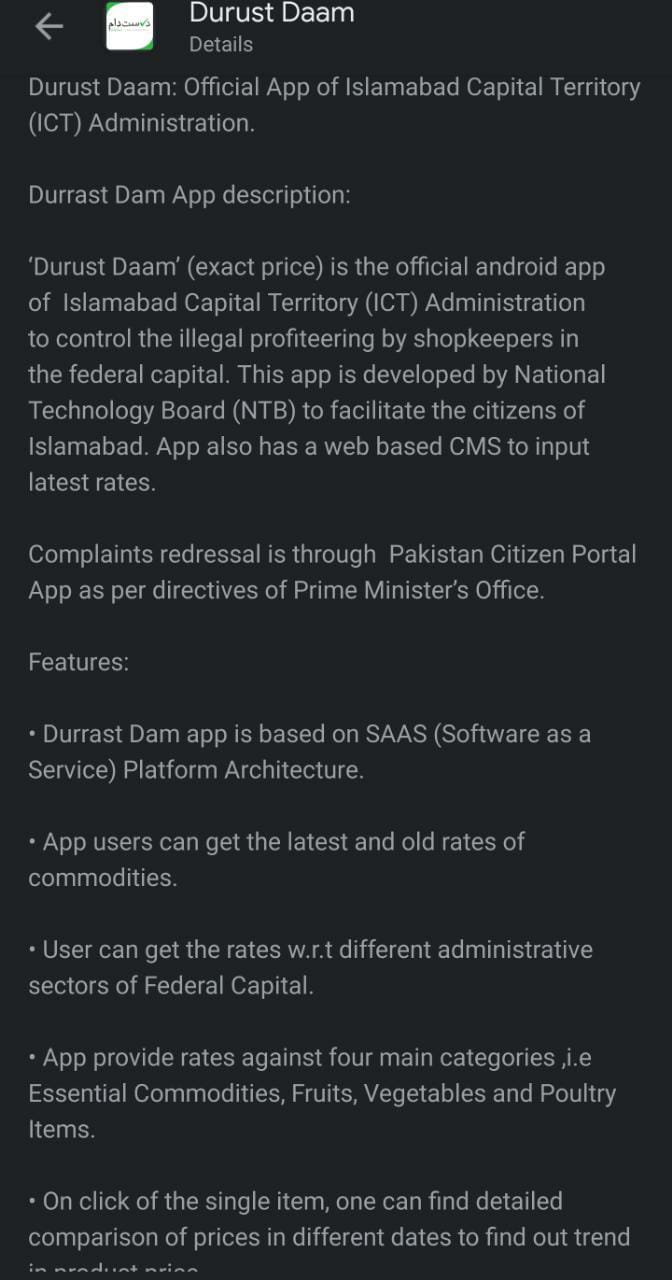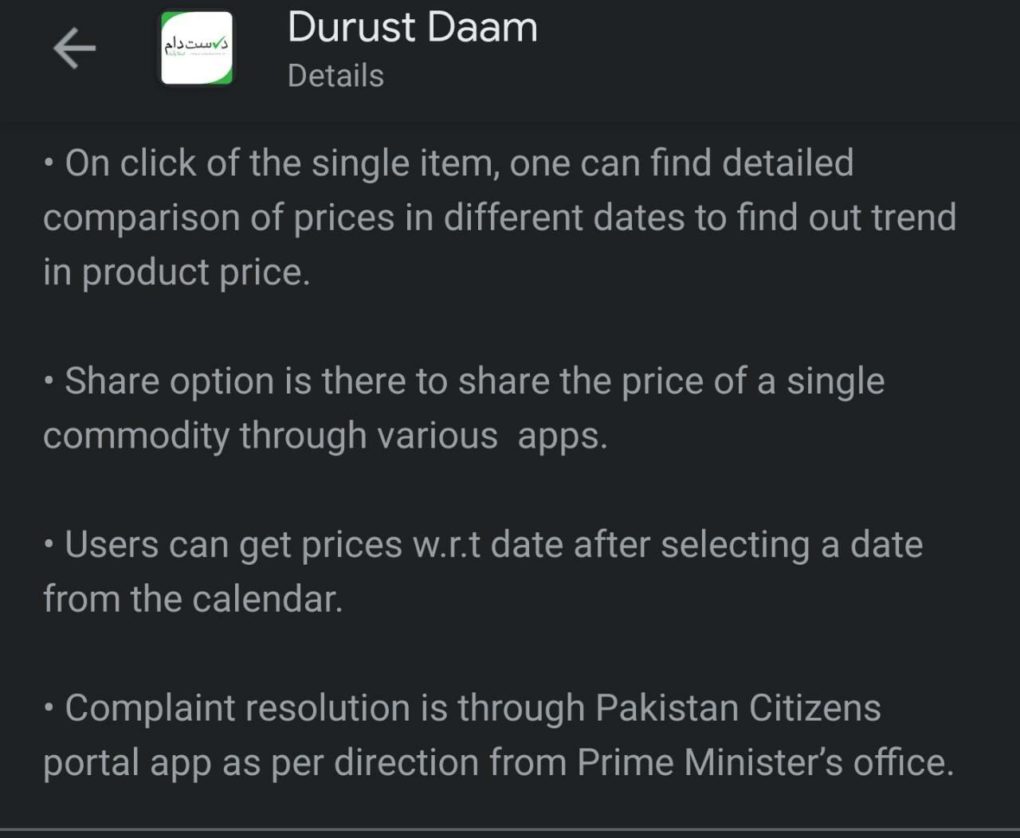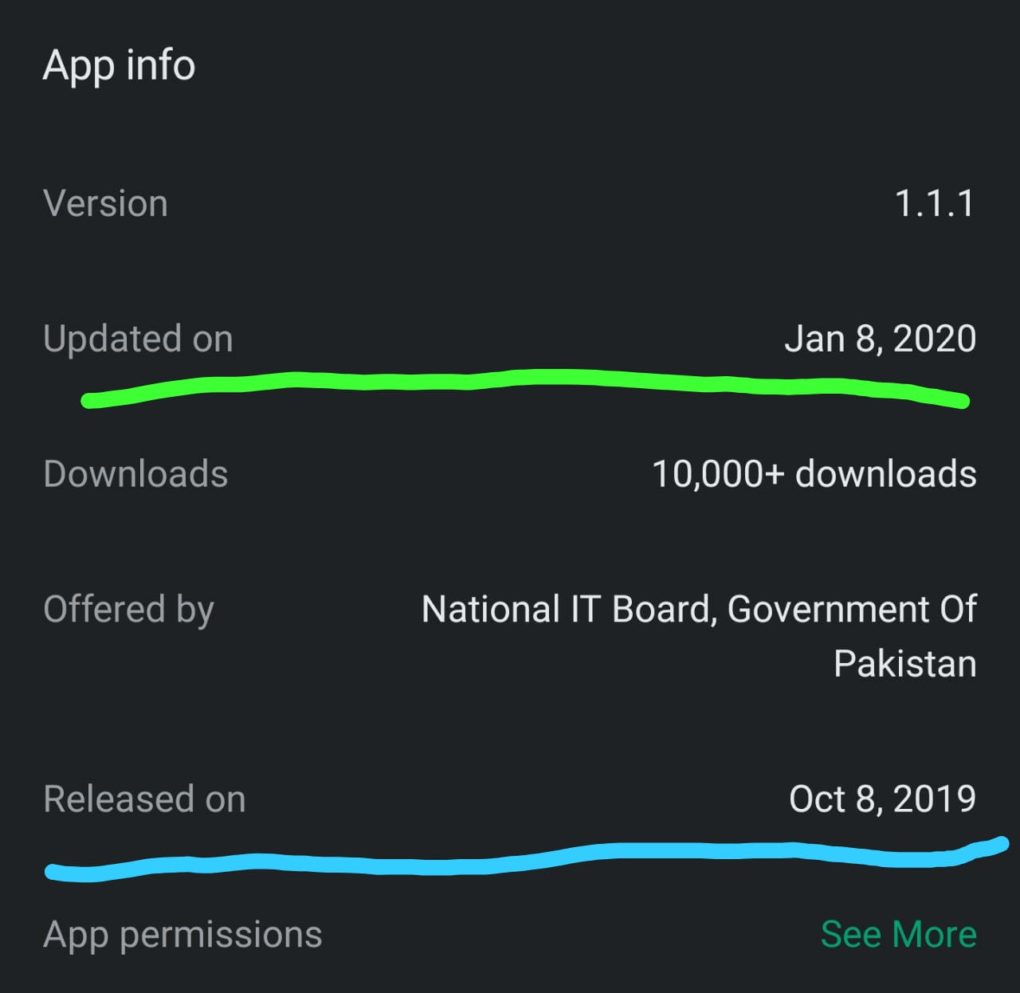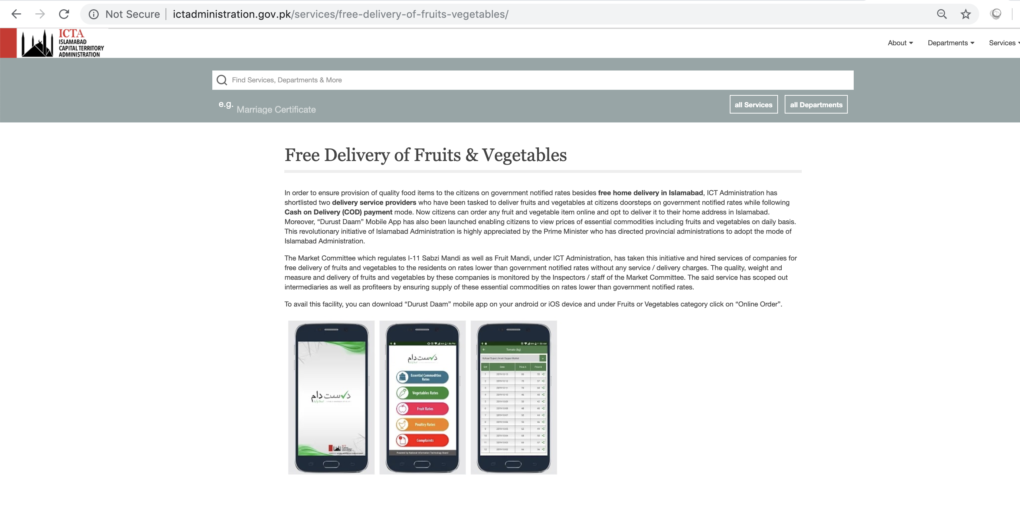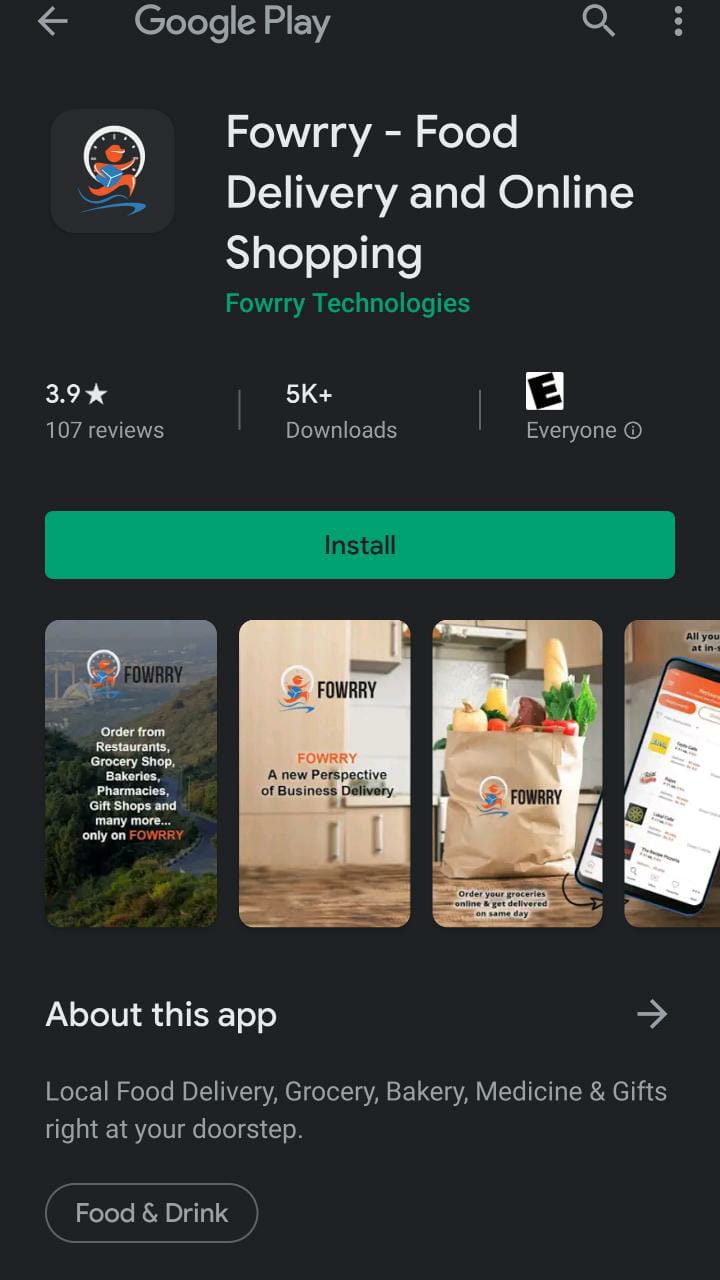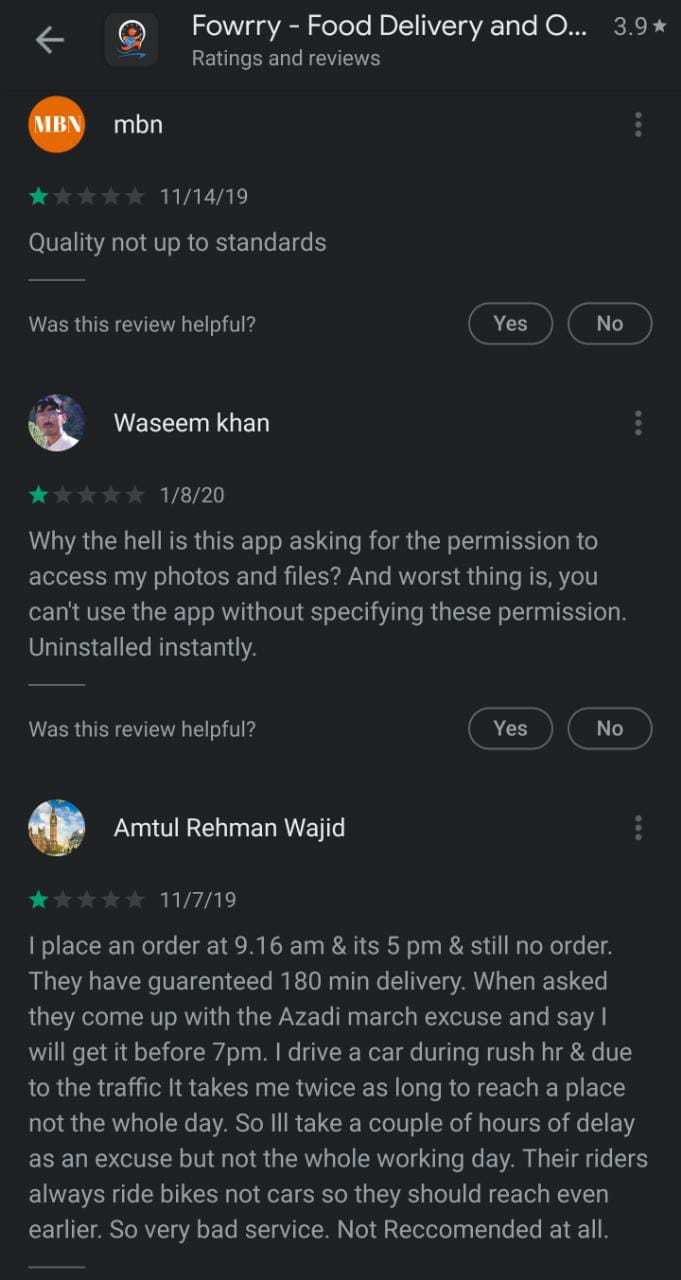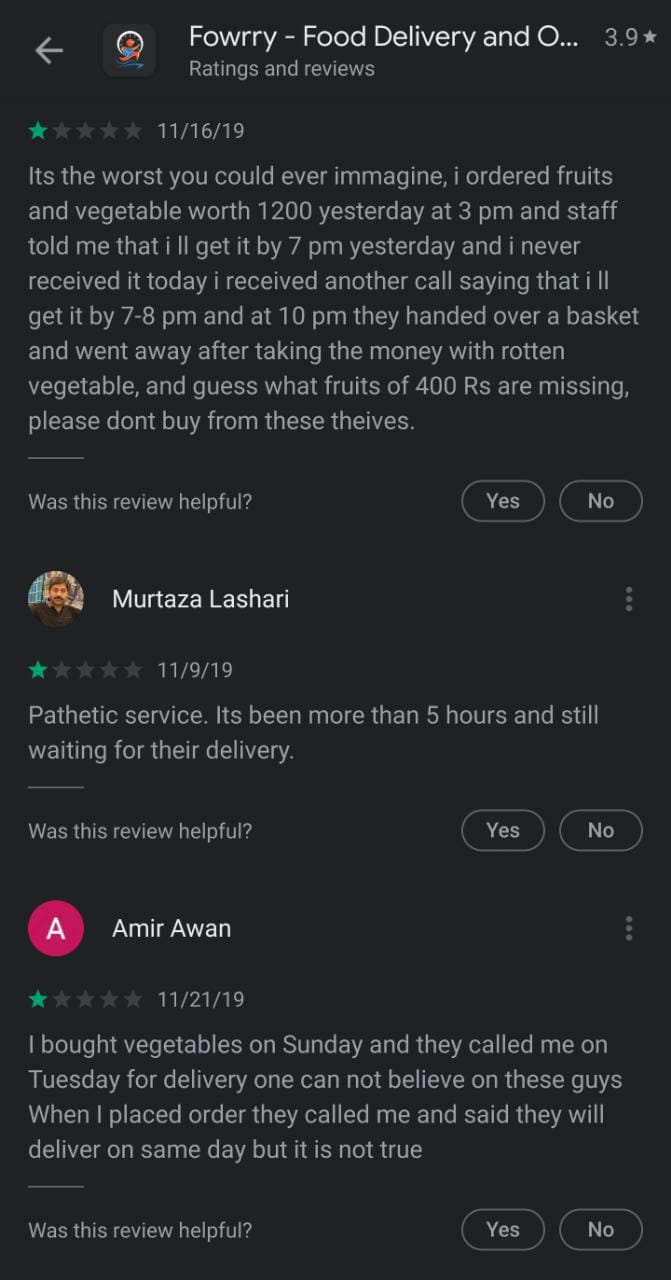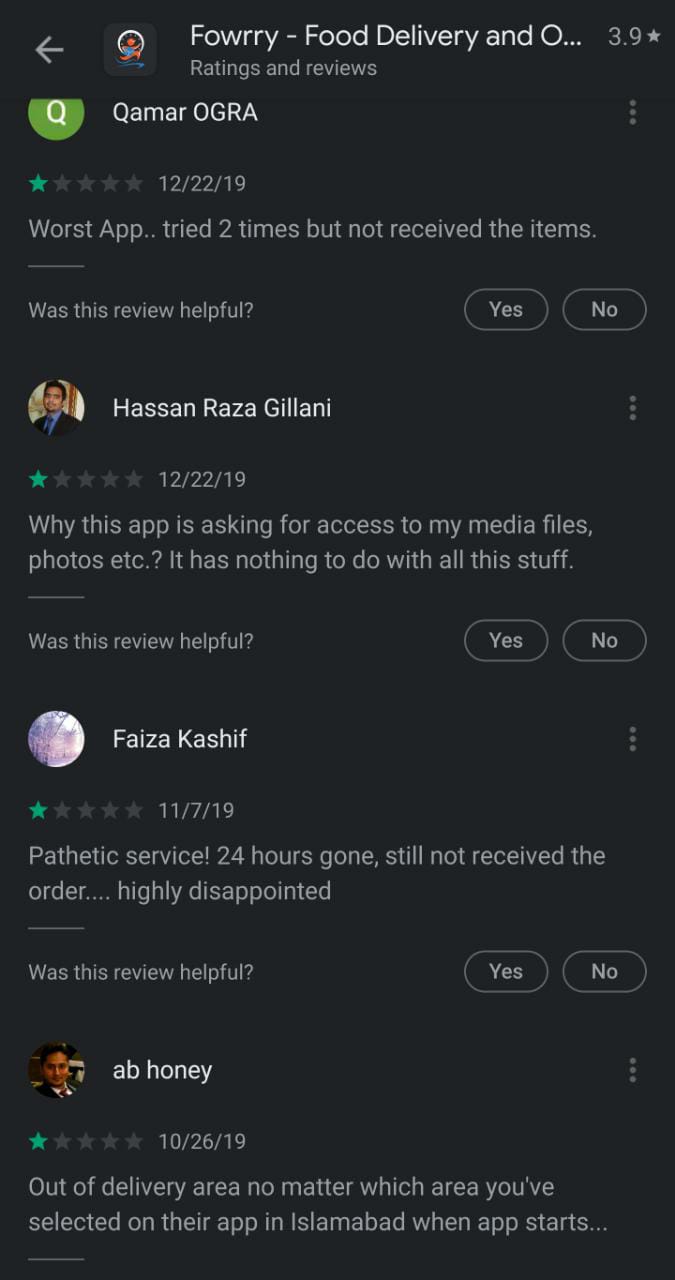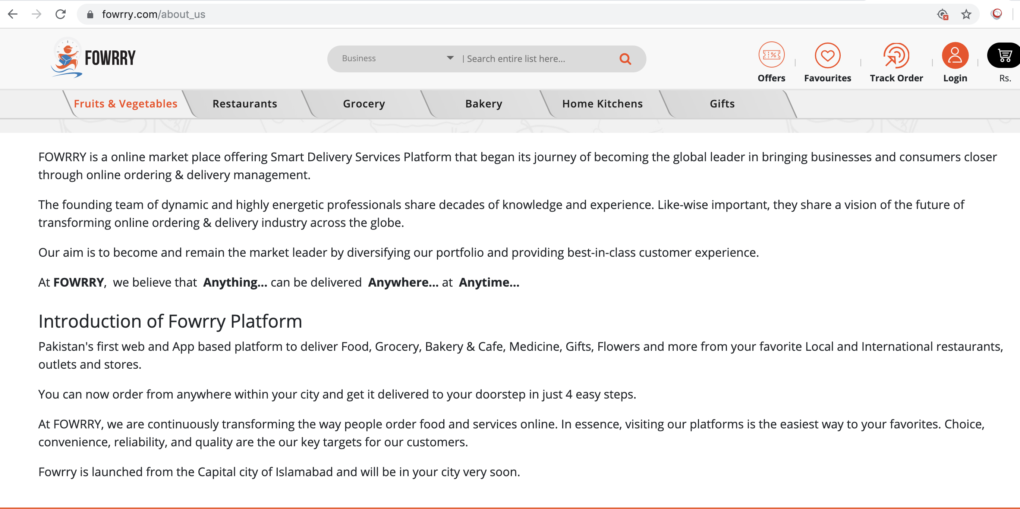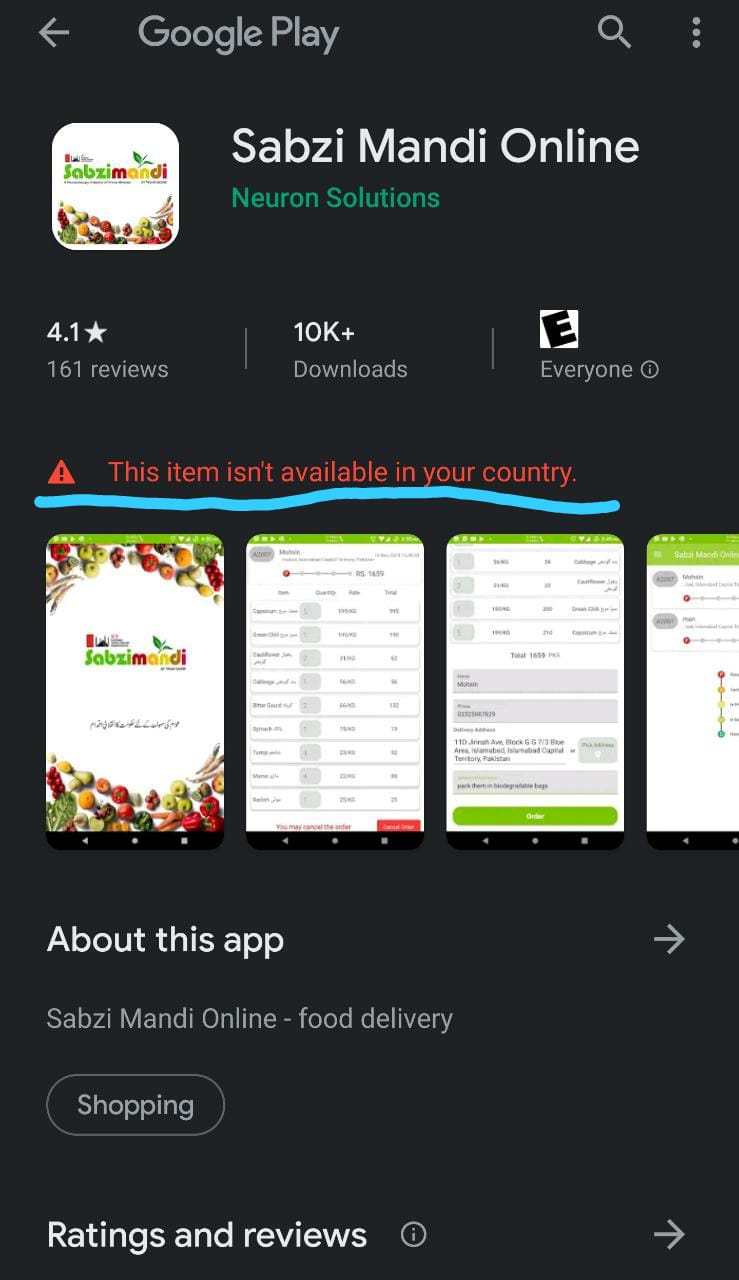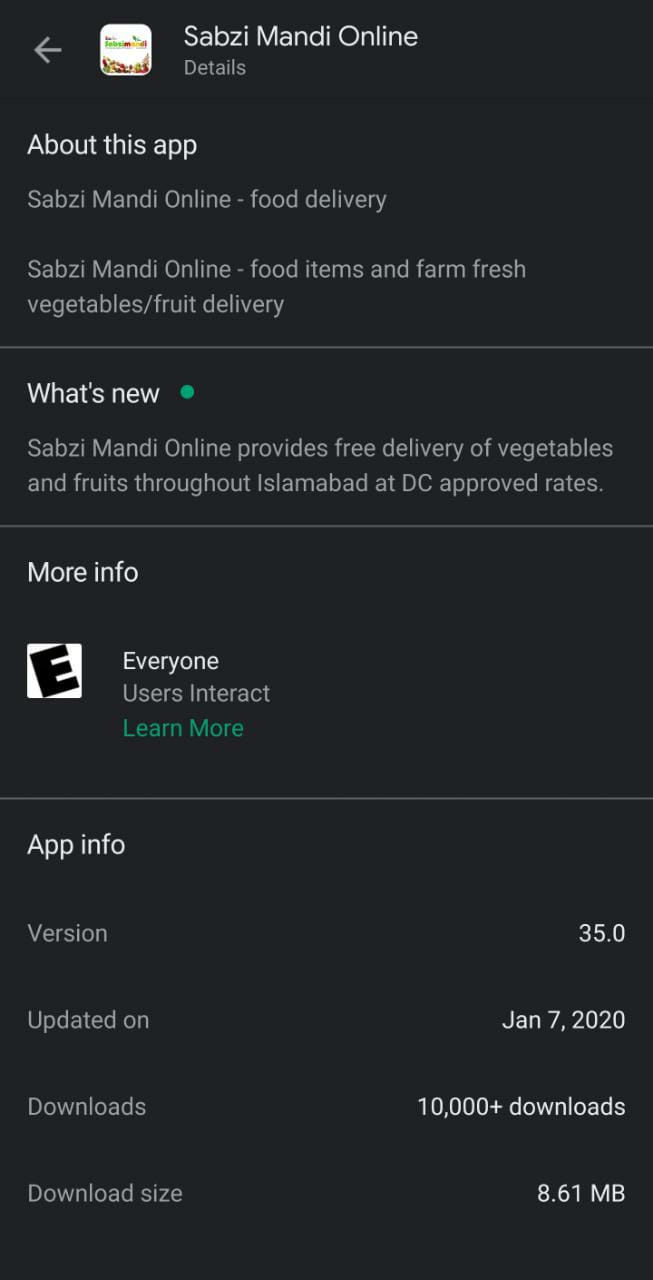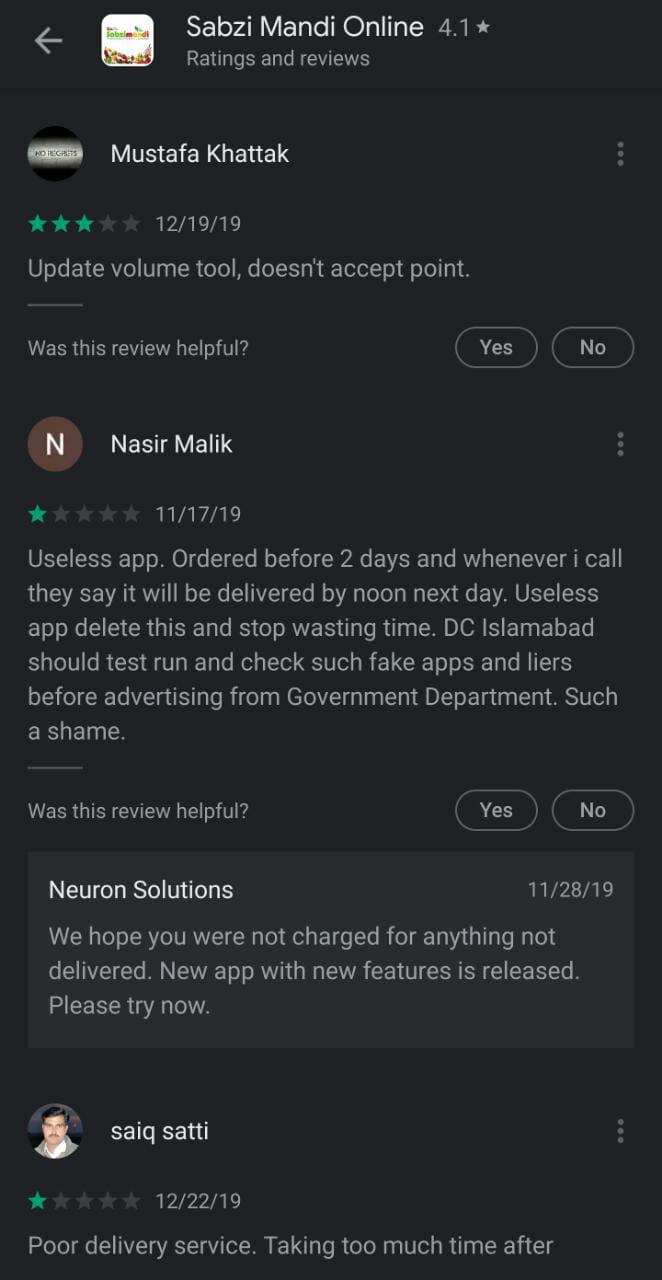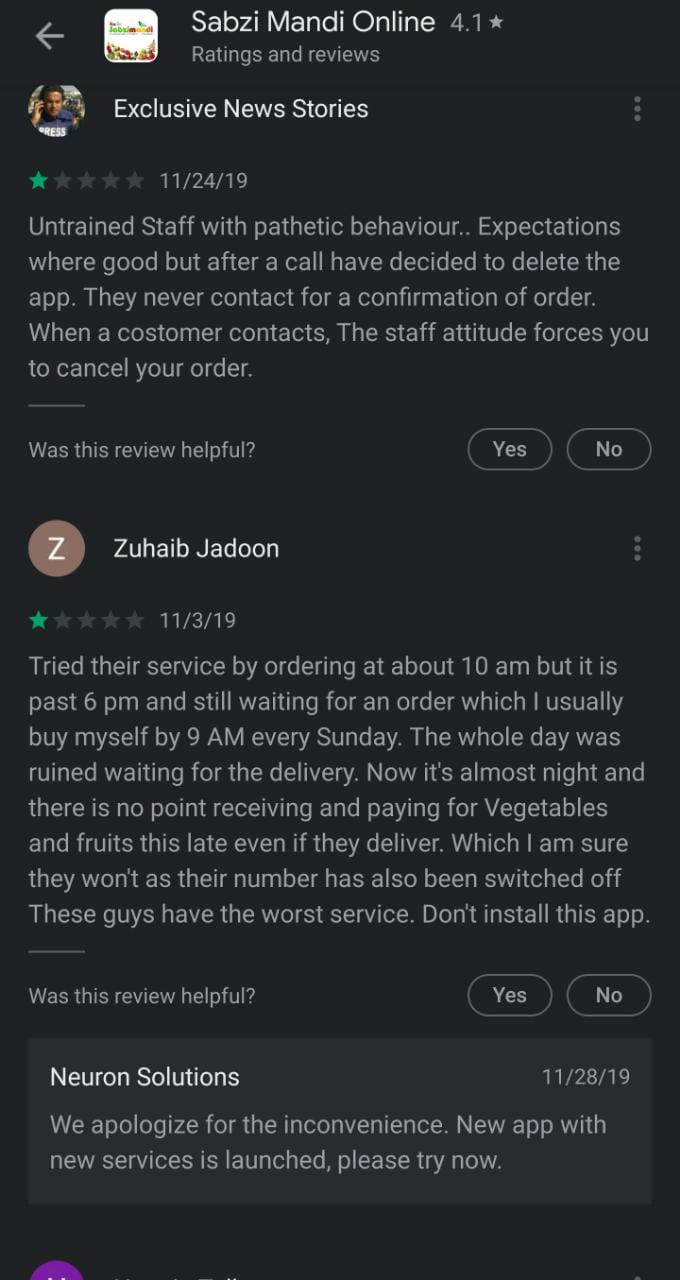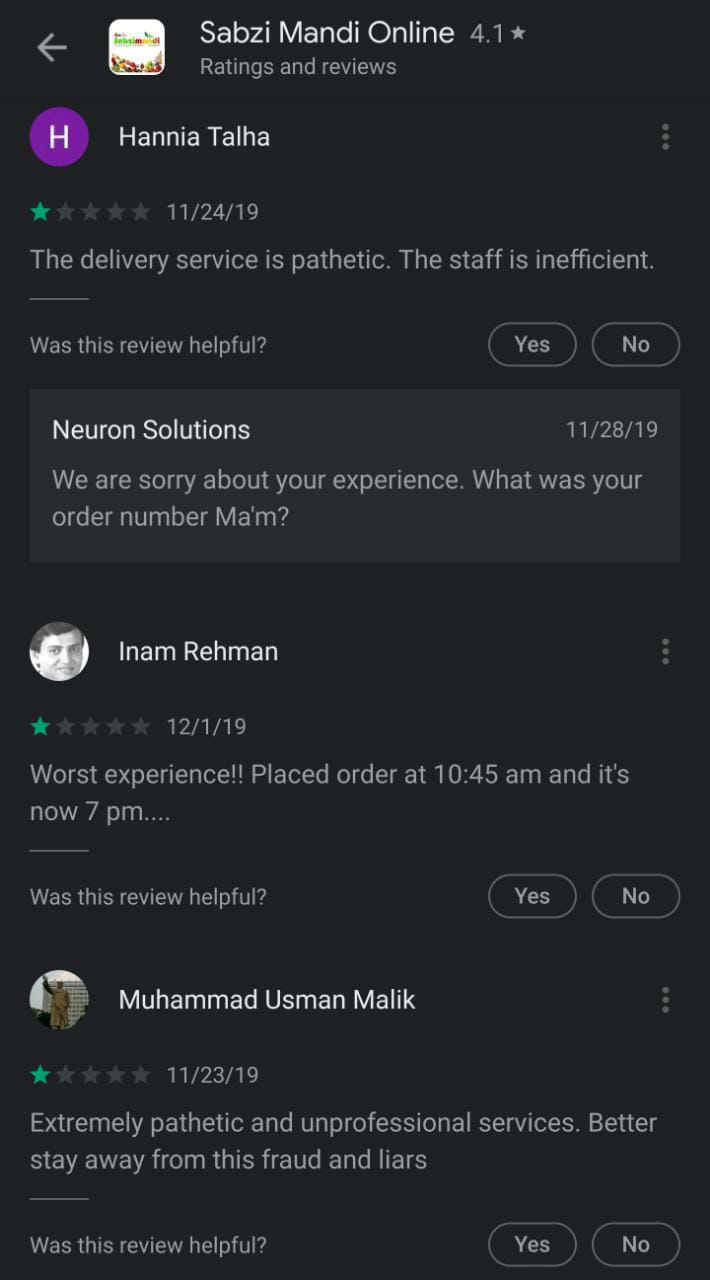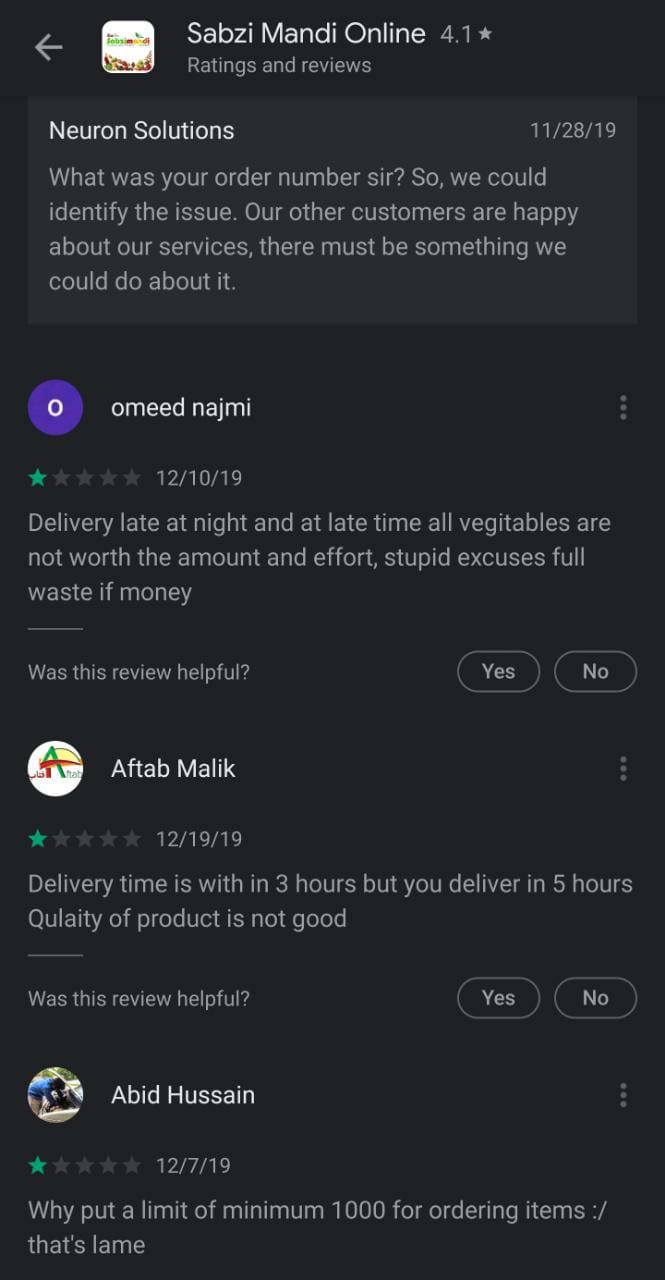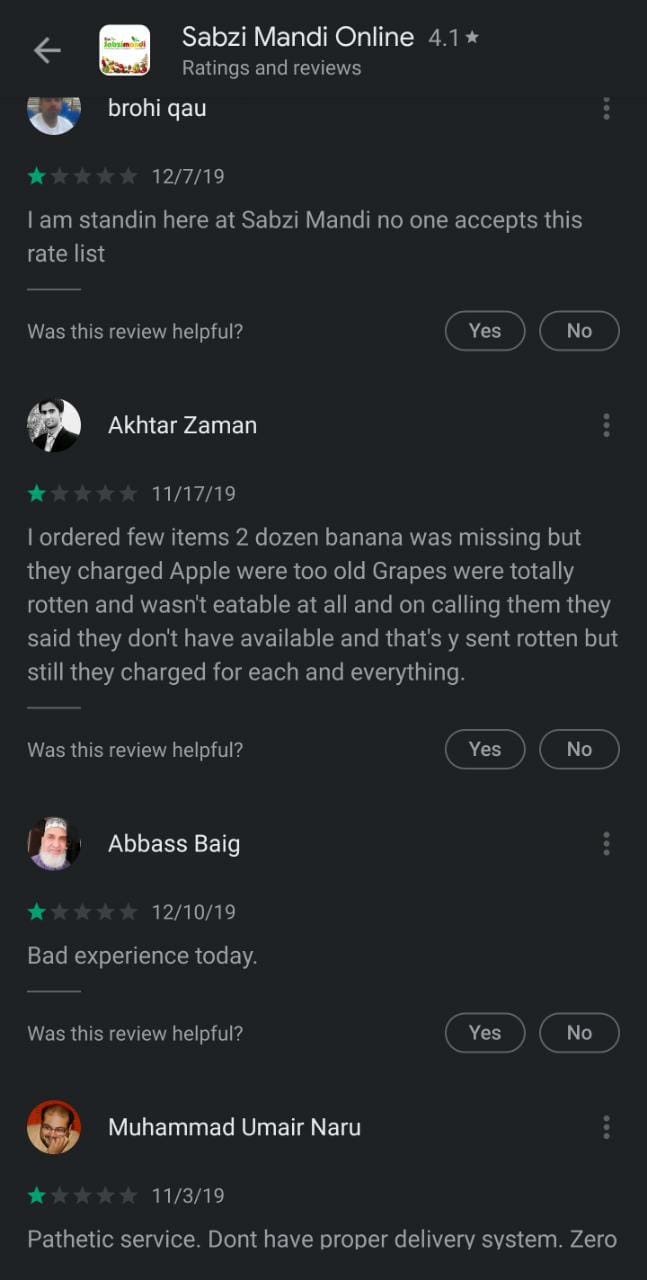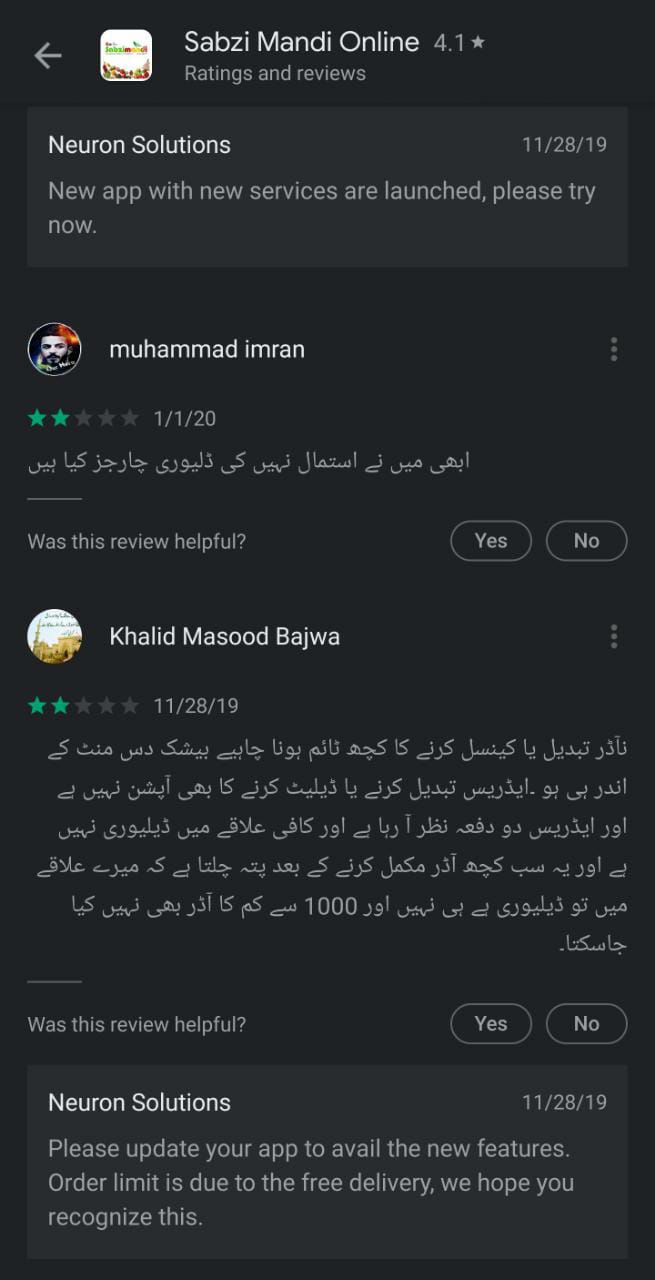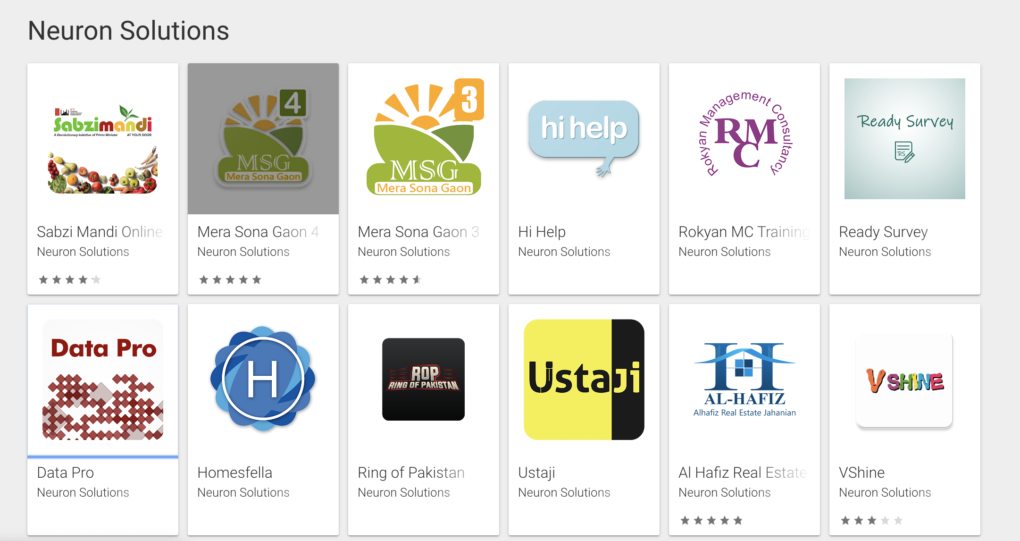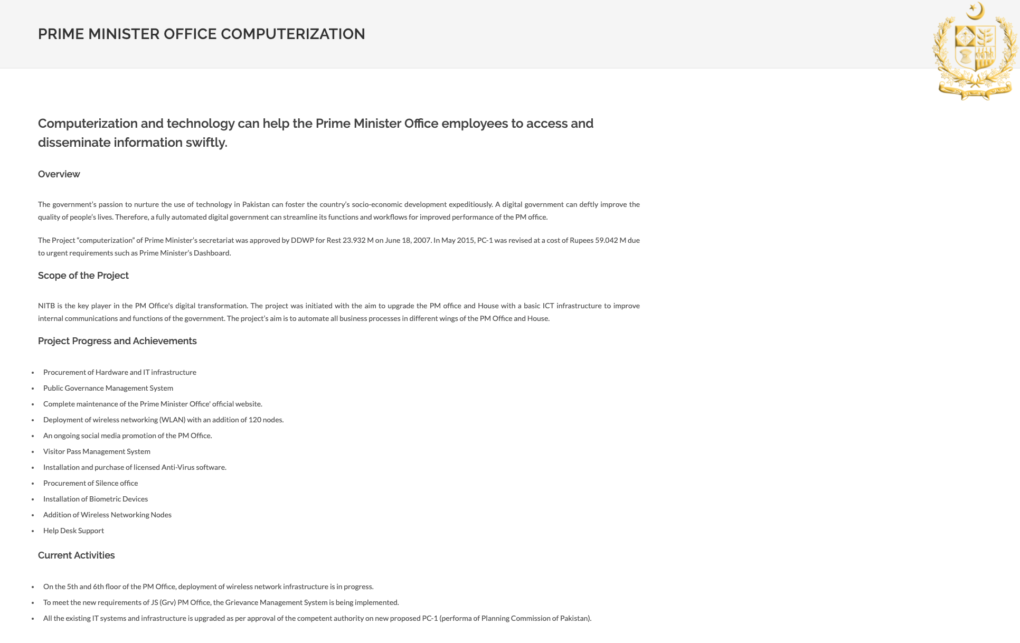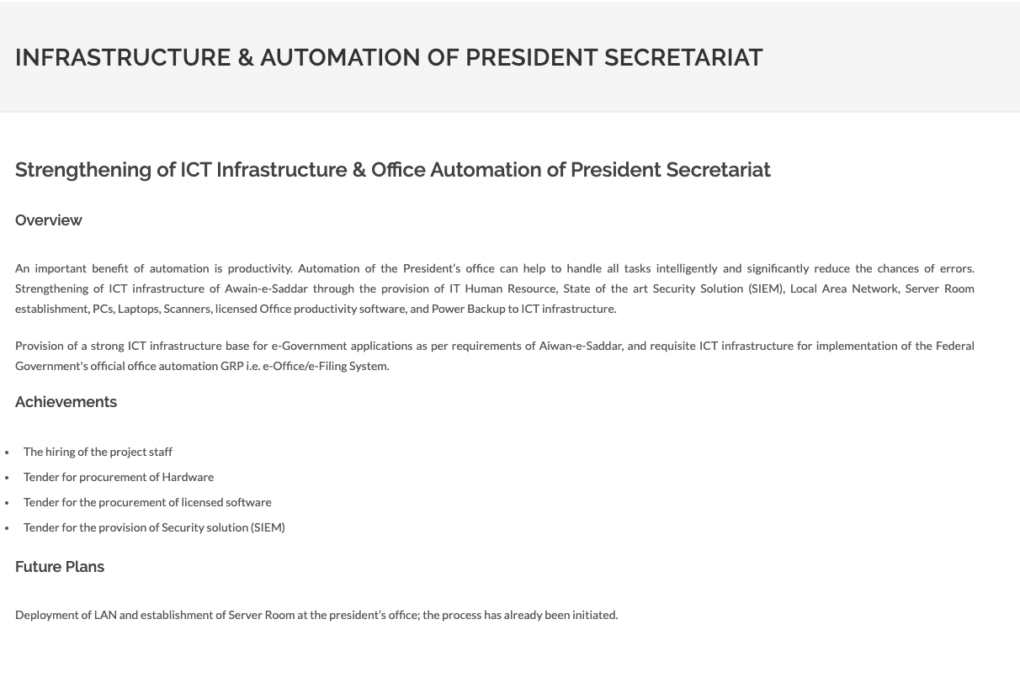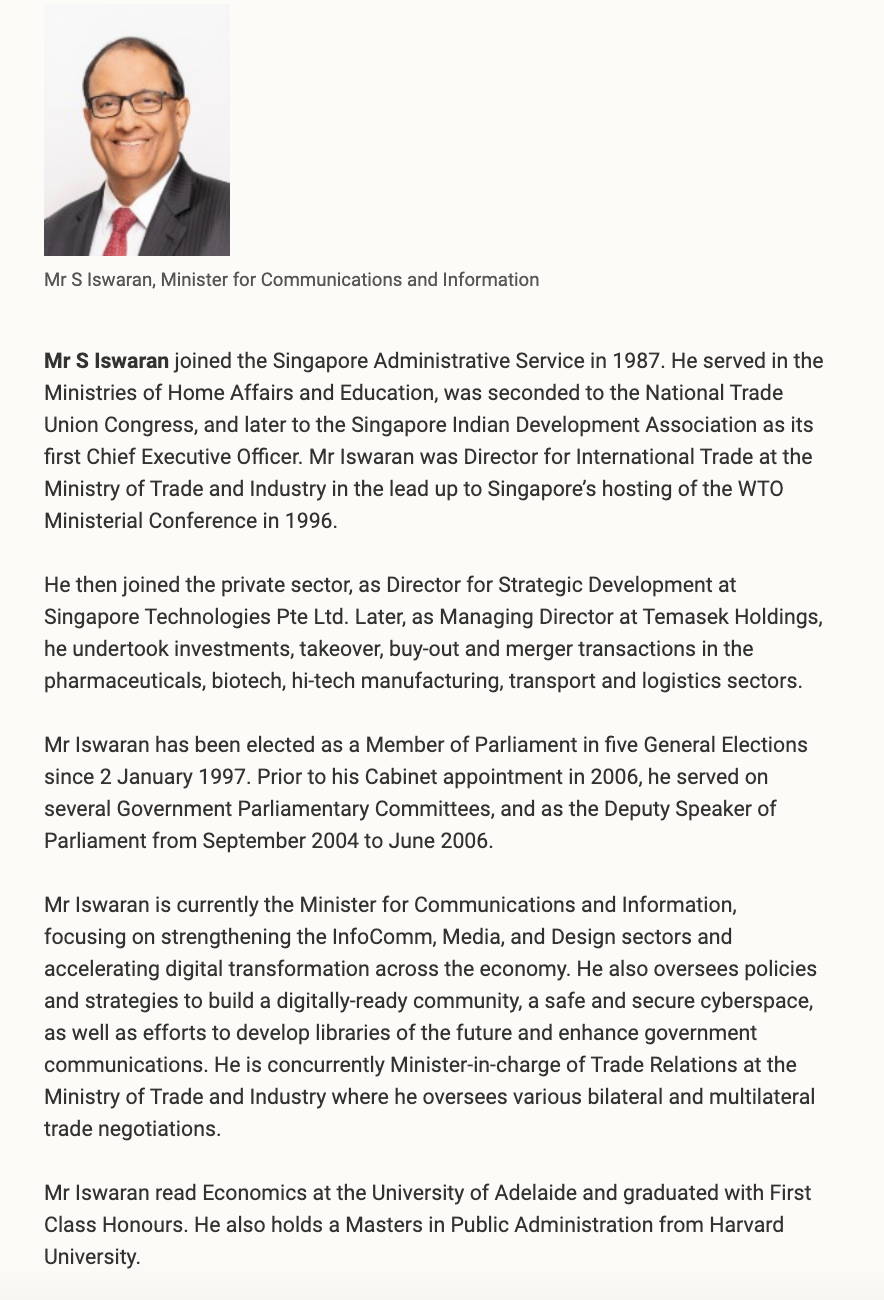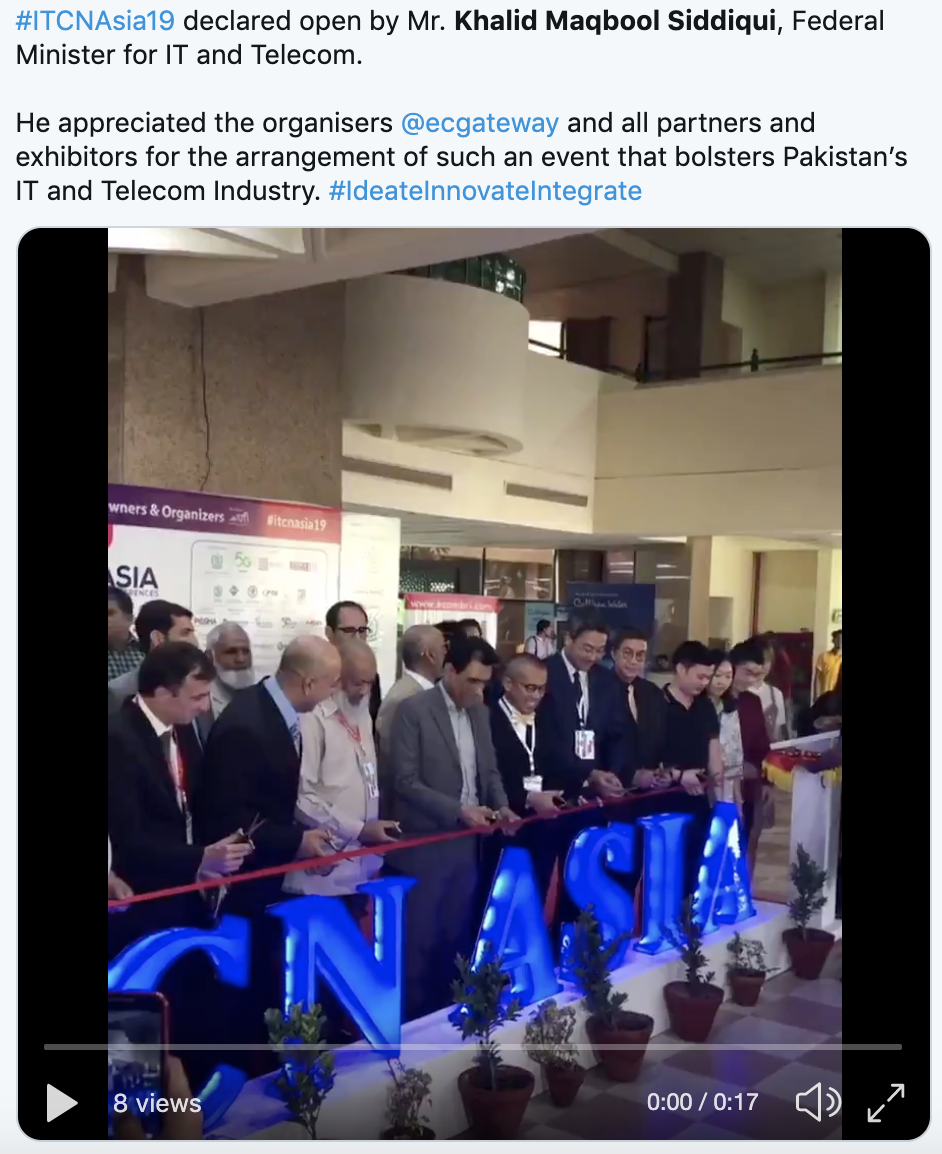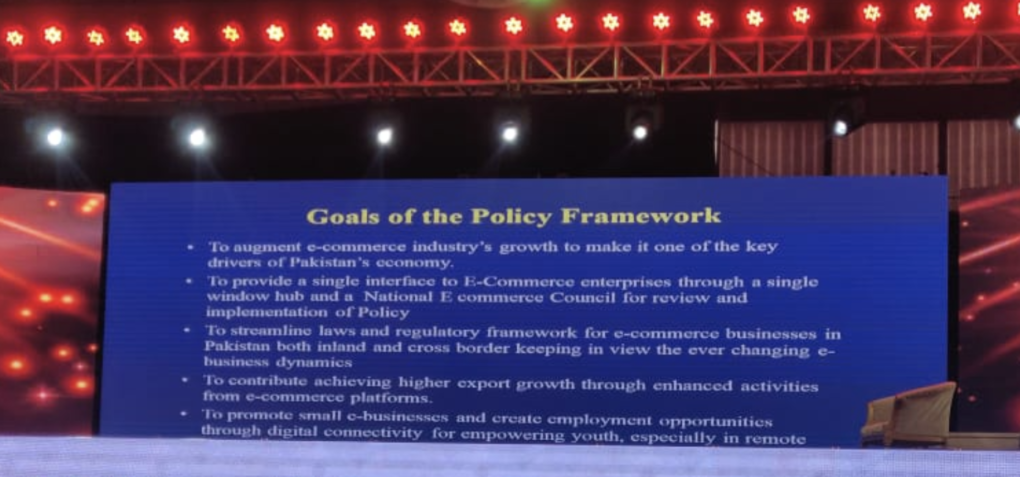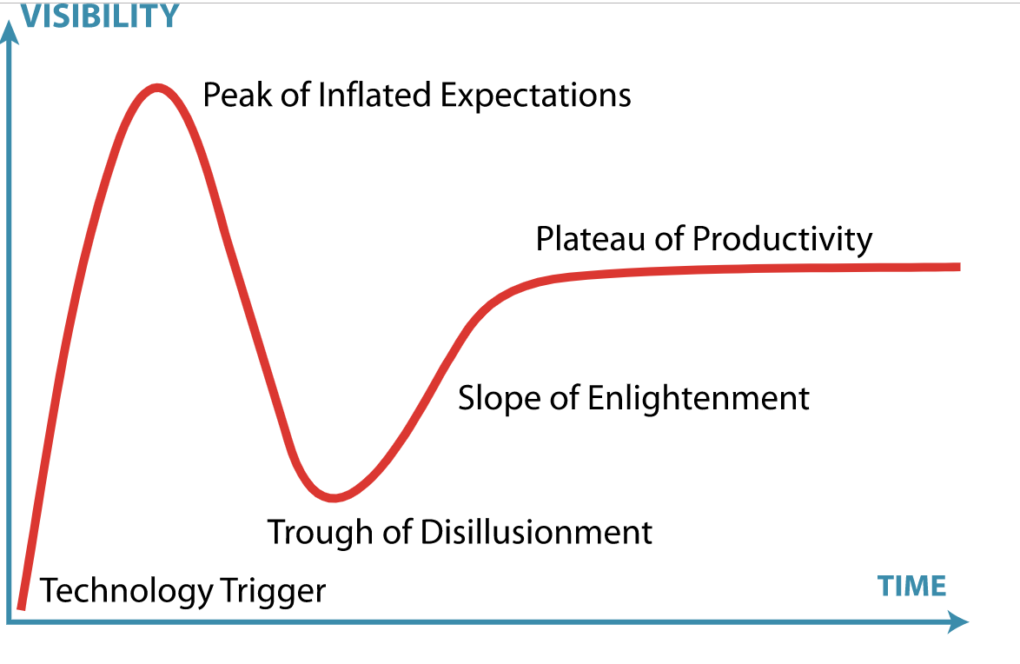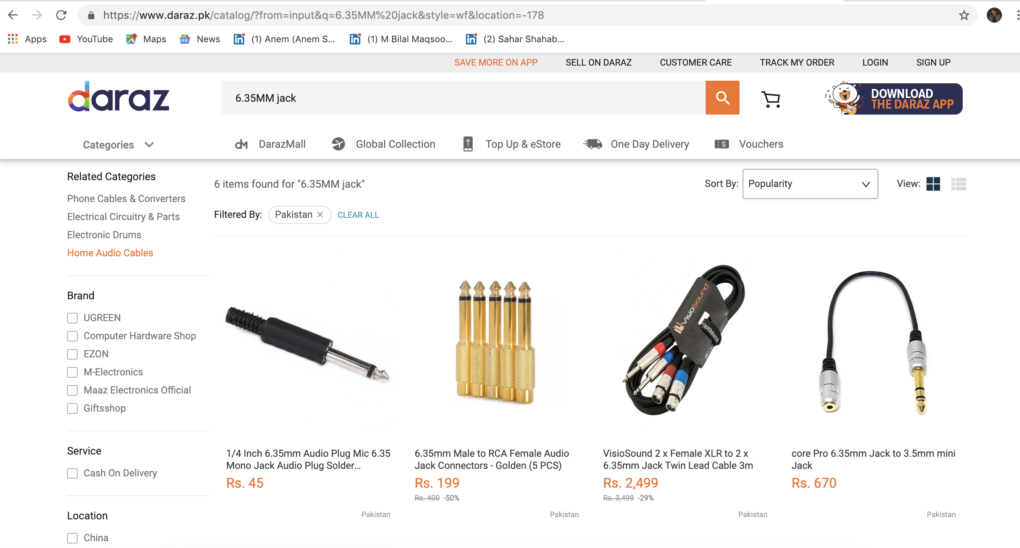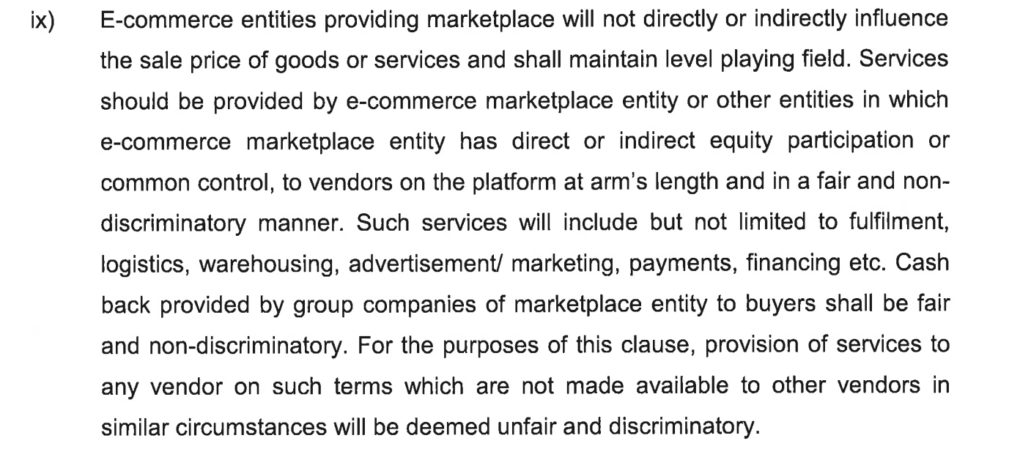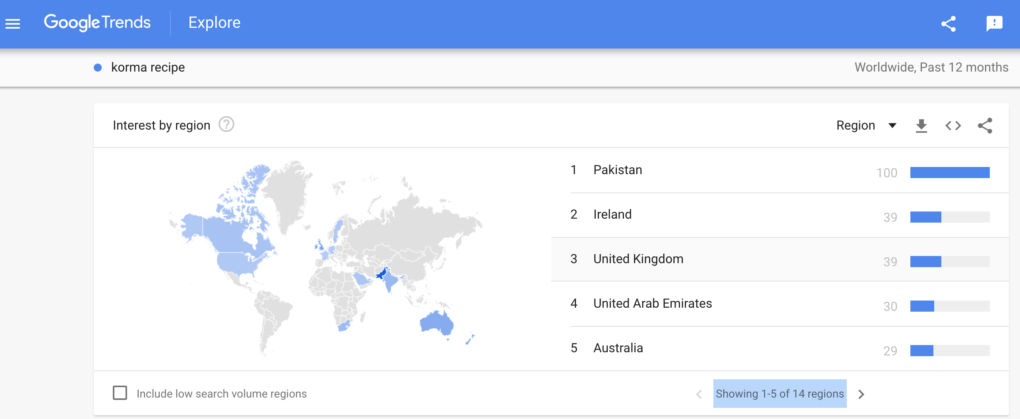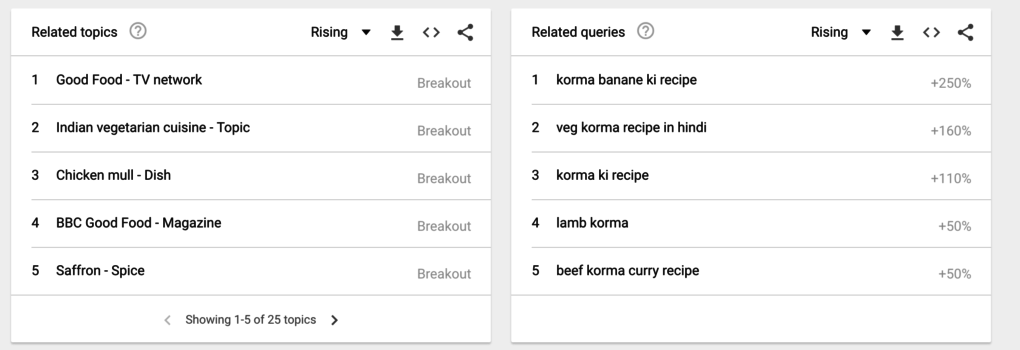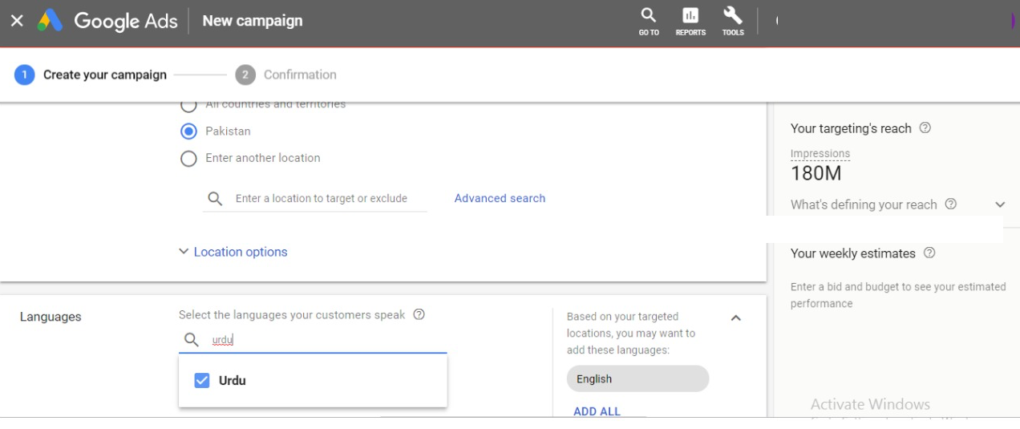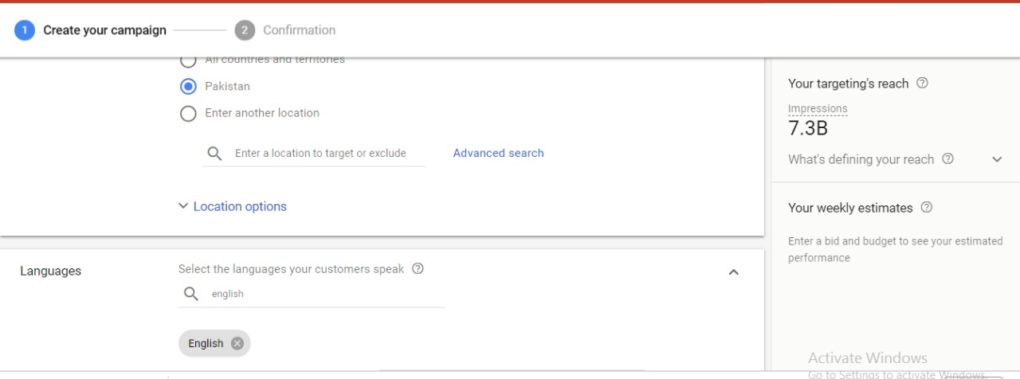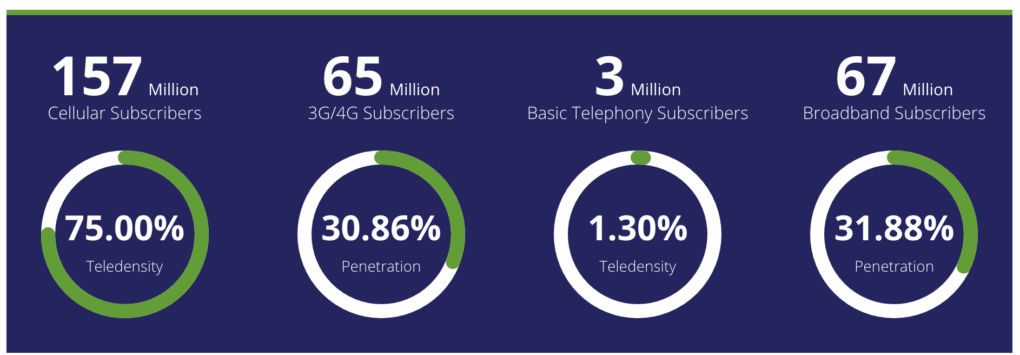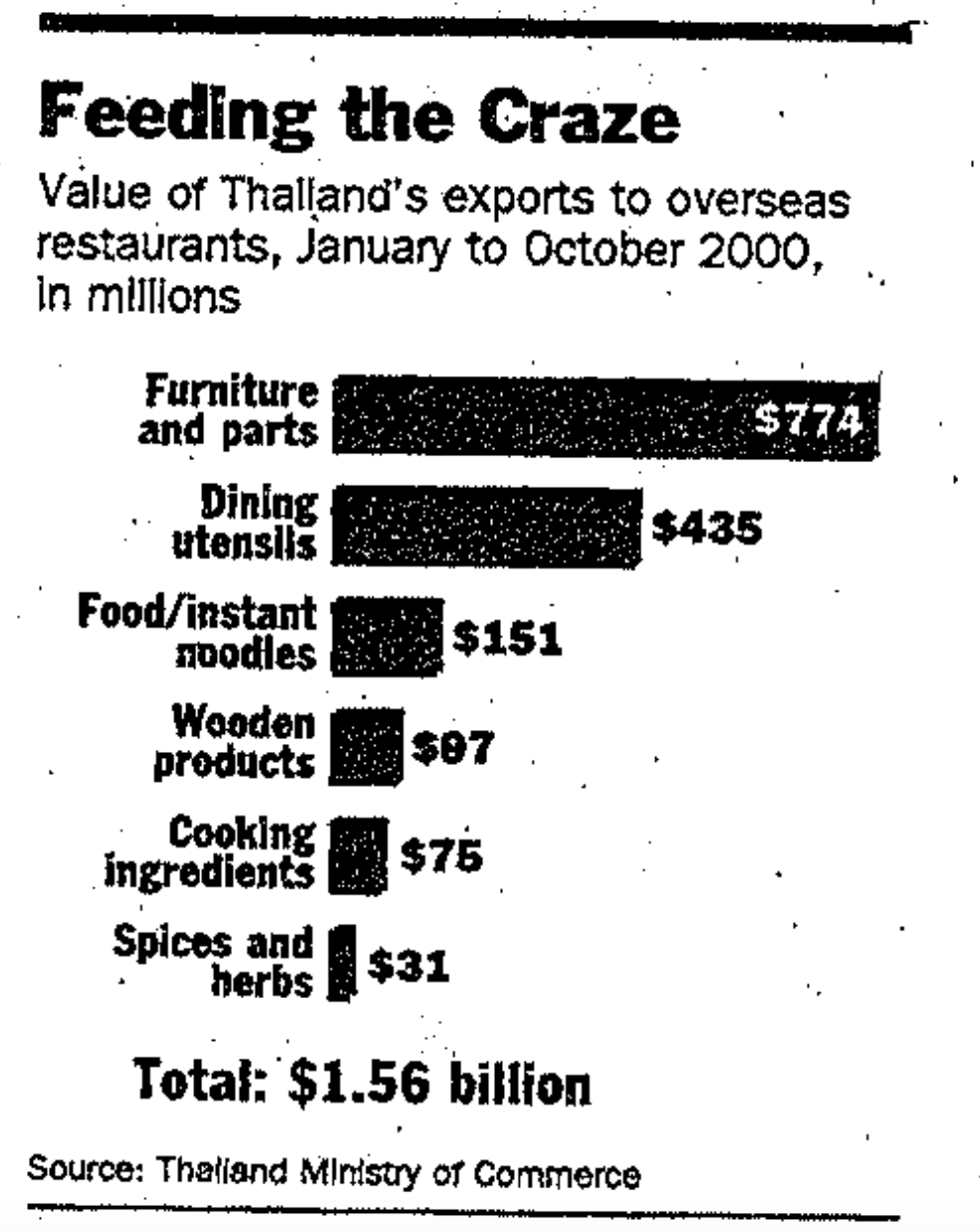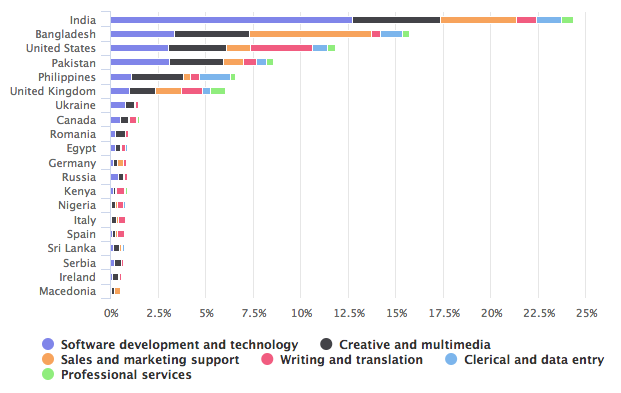Drive around the country, drive around in big cities and small, look at the names of the streets/roads/avenues. We cant get past sports men, leaders of yesteryears(most of whose f**kups have really put us where we are) yet they all continue to get an honourable mention, some in their life time most posthumously. Not to forget war vets and other leaders of a different ilk. Some educators thrown in for good measure, a few poets, some judges, some “notable family/scions” some of the 21 Club fame. What is missing are the businesses, the true industrialists (pre nationalisation even) and those who have done well in trade and commerce. A nation that cannot create business heroes, will continue to produce zeros. We have not let businesses thrive, we have not let people come out on top due to innovation, of those who have “allegedly” become big names, all have small dirty secrets of tax evasion, bribery & influencing the law in their repertoire. But generational wealth washes the sins of your grand daddies, so you can start fresh.
We have to genuinely ask the question about who is representing us in the govt machinery? Where are their interests? Are they aligned with any national outlook or just personal. Let us start from the basics, what do we need to build business heroes? we need businesses, what can launch businesses at a national level, the ability to have:
A) Access to land
B) Less regulatory burdens
C) Ease of doing business (Not just BS around it)
D) Not having STATE compete with commercial enterprises
Let us look at it simply, Why do we need a National Bank? Why do we need Sindh Bank or BOP? Why do we need LDA/CDA, Why cant these things be privatised? Similarly Airports? Railways, PIA. Heathrow is private, the Toll road in Canada is private. We have to encourage people to come and do business, we need smiles at the airports, not to have them look like Thanas and pissed off morons manning the counters. Some times I wonder what side of the immigration desk is the crook?
In the same spirit, lets look at ease of visa. Why the hell do we not have visa free entry for just every one? Do the screening on arrival, its time to increase trade and FX. If they come they shall bring in $$… This small mindedness around national security and spy agents and others, is a glaring admission of not having security really where it needs to be, intelleignce where it needs to be vs the generational bullshit we feed our selves, that we have to take the extreme measure of stopping every one. No ones coming to steal nuclear secrets, people are coming to attend weddings, business meetings, trade missions, just to see whats going on. This whole nadra site for visas is more confusing than it is easy. If i need a chamber letter and invite and then submit it a the airport pre arrival, it is just pure stupid on so many levels that it is not visa free entry…
Lets look at this scenario, some one comes from the US, we submit their docs, they land at night given thats where the GCC carriers typically come to our shores. By night the person leaves the airport, gets stopped on way to PC as it says “no foreigners in cantonment” move the ffing cant out of the city then. Let every one come, dont scare them dont make insane rules, think this through. Make room to do business. Sorry it may inconvenience a few but it will open up the economy.
Tell every one we are open for business, open for trade, open for cultural exchanges, open for some expat in Dubai who on the weekend wants to visit friends or just come have some authentic food. Have tour operators, certified by private entities who can do food tours, who can do city tours who can do business tours, who can do pop up meets with families who want to take in airbnb style guests. Atleast start the conversation. Make insurance mandatory from local firms on tourists. Make money, dont send them back… Silly tourism ministries and cutlural exchanges where our ffing ministers go over seas wont fix this, instead of saying come see our northern area, bhai open the airports, make it cheaper for flight charters to land. It starts with first getting your internal security right, work past the hype, tell every one to come. We are solving the wrong problems.. Our internet is open(so far) dont block returning expats phones, remove shitty systems for tax payment of phones, fix the root cause dont make people suffer for your governmental and security apparatus failures.
Before any of this, take a piece of paper, if you are in government and write, “I will not be over smart any more, I need to fix my domestic issues around security and stop making claims, I will do some thing productive in my life time and my career”. Change happens with the realisation that you need to have change.
We are in the worst economic cycle we need to have open borders and open flights to get FX coming in, when people come in then companies will follow.
Threatening Google and FB and begging Netflix to come when really they cant even travel here makes me wonder how stupid our government machinery really is, are these guys in line for the Darwin awards?
Ease of business should be so simple that an incoming person or a local resident should be able to either go online and provide an ID and be able to get started and open a bank account. People should be able to come in and spend 200$ – 500$ and open a business account. This is the stuff we need to do to kick of a mini foreign SME revolution. Simplification of SECP nonsense and SBP SROs is next inline with taxation and just getting started. Reputed and regulated money changers should follow next. Allow banks to do it too. Hint Hint, any one coming with Dollars should be able to spend them with ease, period.
Stop building govt spend based incubators and accelerators, start building farmers markets, fresh produce packaging efficiency, local product displays, food sampling stations so people taste, eat, get hooked and buy and take back. Package it right, they will come.
Before most of this fix this airline situation please, next stop this bullshit around a soviet era steel mill, donate the land to any one who wants to put up a factory, give loans to SMEs without domicile BS. Clean up the govt machinery and make it fair to get into govt. Make it mandatory for govt employees to have to send their kids to public schools. KGS and Aitchison aint it. If Ghabrana nahin hay to make this the bench mark. Stop all foreign govt travel, open Pakistan for business. Let people come see us at our best or worst, enough pitching. Start showing, showcasing.
Oh whilst you are at it, f**ing fire all of the airport security staff that allows people to smoke in bathrooms at all the airports. Take bids let people make and build out airports. Just put in the rules. Starting from getting your basic act of security of non-smoking enforcement. You want me to believe these circus acts can manage security even with visa restrictions, they cant even stop people on the right side of the Quaid from smoking. Loads of introspection required. Mann all your airport counters, stop hiring retirees.
On to my fav subject of the govt competing with private enterprise, tell your ministers that the state doesnt compete with private enterprise, it helps them flourish. Pakistan post cant compete with Private mail operators and shouldn’t, just like DHA shouldn’t even be around to compete with private developers(of which there are none, Malik Riaz is a state within a state, like DHA) Similarly Pakistans largest enterprise/startup listed and otherwise is full of retirees who are veterans of an other state institution. In a country of 50% or more 25 yr olds, learn to Ffing retire and let others get a chance. This holding of secret ballots hand shakes, systems, exams, referrals etc is all non-sense holding us back. You had one shot in active service, don’t make the nations young pay for your power hungry desire to never retire. (R).
Be honourable do the honourable thing.
Have bankruptcy laws. Its not too hard, weve been at it for 70 + yrs get the basics figured out. Fix the tax structure, tax agriculture, why the f**k dont you, because of your vested post retirement zameen interests and of those who are in power and have massive agricultural land. Reform will only happen when it starts from within. Iss hamaam mein sab nange hein.
Extension dain to bhai achay kaam ki. Extension dain to make late payments, for helping succeed. Its simple, we all know what needs to be done, starts with having a voice and raising it, Do not continue to live in this country on rent, and dont let the 1% collect the rent. Make them pay, its time for change, be vocal.
Stop all the khaipias on flights from Dubai, Srilanka and Thailand to khi.(No dis respect, but action starts from calling out the issue, if you take a flight you know it, you have seen it. Open other avenues so a generation of these guys do other stuff, put their business sense to productive use.

Misguided religion much. Carry Agent:) Wow.. This is whats wrong with us. Steal with one fine swoop and include god in the other.
Who is bringing the pans? the garments without the paperwork? Who is paying off the customs guys at the airport? opening bags on the belts? swapping items? I have been put through the secondary scanner but the guy bringing in a 75 inch tv walked past:). I pay taxes, he steals from the govt, he is under invoicing, making us loose FX and paying $ equivalents to get on those frequent flights to bring in goods that are all vastly illegal. Dont raid the markets, stop this shit at the airports first. You want to stop these Mffers, not the tourists who bring their phones on roaming to make calls and spend money. Solving the wrong problem is the larger problem for us. Mr IK the exam question is, are you going to do any thing to change the status quo?
Every ones under invoicing, but the guy who is not, cant compete with them? Do you see the problem? You want to fight FATF, go stop all the hawala that is going into trade, at the point of import find out how those goods were paid for? auction them when there is no money trail. Google the price of an item it takes 2 minutes. Auction when found to be illegally imported. Stop the gift receipts and under valued shipments. Oh whilst you are at it, stop Alibaba/Ali Express from sending 90% of their goods to retail based sales and B2C thats coming in duty free and depleting FX. You dont have to look hard. Stop being taken to task by traders bodies and market associations, they are all crooks if they want time and concessions. If they strike you strike back. Basically the issue is no one is used to 5% or 10% or 15% margins, the guys at the top want a windfall. The only way that happens is at the cost of the rest of the nation.
It truly is time to promote people to do business, trade, to get into exploring new ideas, making business easy for all those who want to do some thing. But more so than SMEs make it easy for big business to establish a strong hold, allow large infrastructure projects. Equity like land smells like shit when you pile it up, when you distribute it, flowers grow in it. Spread the wealth. #nayapakistan
Ps. If you are an expat Pakistani and want to suggest that we focus on the positive things the govt is doing and that IK is one person only. You only have a vote if you bought the Pakistan Bano Certificates. Your once a year guilt ridden trip to see your ageing parents and bringing gifts does not qualify you to an opinion. Dont send us #prayersandwishes send #greenbacks or come and participate from within. Change seldom happens from tweeting. No roads will be named after you for your Hashtag tantrums!
